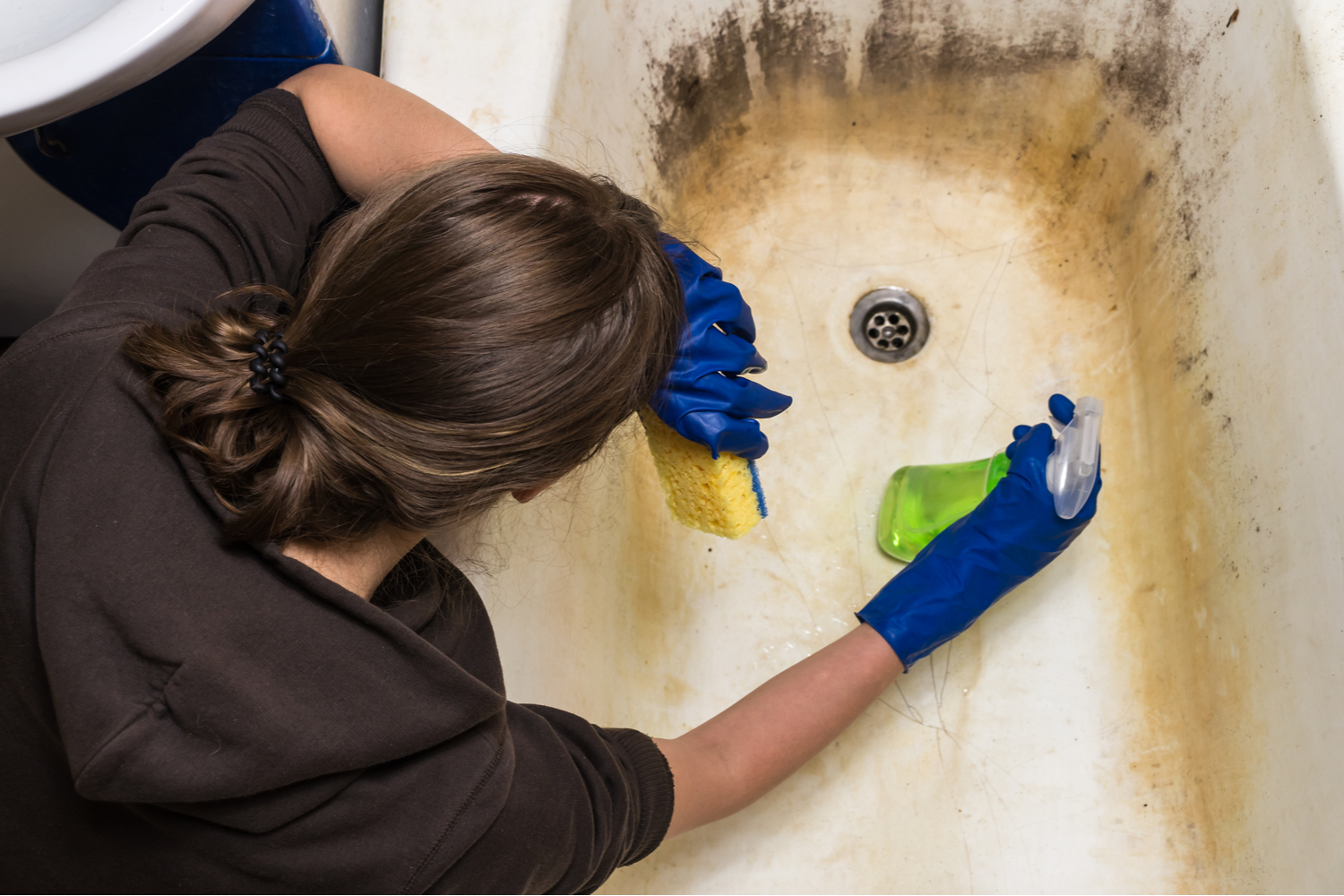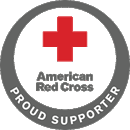Your bathroom is one of the most used rooms in your home. It is also the room that contains the most water supply lines. Think about the number of faucets there are with hot and cold water lines (sinks, bathtub, shower, toilet) that could develop a slow leak that you don’t always notice right away. Then there is the tub, shower, and vanity sinks. Small gaps or cracks in the caulking surrounding these fixtures can also allow water to cause damage slowly over time.
Many times, when slow leaks happen for an extended period of time, a mold infestation becomes an issue. The thing about mold is that you never know for sure who will be affected and how that exposure may endanger that person’s health.
What is causing the Mold in my Bathroom?
Mold growth will only happen when moisture, in the form of either actual water or high humidity, accumulates in an area where organic materials are present. Wooden cabinetry, the paper backing on drywall, many subflooring materials, and wallpaper are some of the sources of organic items that can be found in most bathrooms.
Your home is never 100% mold-free. Mold spores are found everywhere and are invisible to the naked eye. Actually it is very common to smell mold before you can see it. The spores float in on the breeze through windows and doors. They come in on your clothing and shoes. They even come in on your pets. Mold spores will settle on furniture, countertops, and they really appreciate floating into your mostly dark, humid bathroom. If a mold spore lands on a spot with an organic food source and moisture, it may begin to grow and spread.
What health problems are related to Bathroom Mold?
Two people exposed to the same bathroom mold can have different reactions to it. One person may be completely unaffected and unaware that there is a problem. The other person could develop allergic reactions. Here are some of the common symptoms associated with mold exposure:
-
Skin Rash – breathing in mold spores or coming into contact with mold can result in a skin rash.
-
Eye Redness and Irritation – mold can cause eyes to water and become red and itchy. You may think seasonal allergies, but it could be due to mold exposure.
-
Headaches – mold can cause migraine headaches in people who inhale the mold spores.
-
Listlessness or Chronic Fatigue – being overly tired day after day for no apparent reason.
-
Sore, Achy Throat – dryness, difficulty swallowing, and hoarseness is possible if you have sensitivities and are exposed to mold.
-
Runny Nose or Stuffy Sinuses – you feel like a cold is coming on, but mold exposure could be the cause.
-
Memory problems – almost a like a constant sense of confusion.
Now that I have found Bathroom Mold, how do I Remove it?
The answer is not that simple. A lot depends on where you see the mold. If it is on ceramic tile, or a non-porous surface like a countertop, it can be safely removed using one of the many mold-cleaning products you can find at most home improvement or hardware stores.
If the mold is on walls, baseboards, or wallpaper, all of the affected materials need to be cut out, bagged for disposal, the affected area(s) treated and dried, and only then can the materials can be replaced. Never resort to using chlorine bleach on any porous surface (surfaces that allow water, vapor, or liquids to pass through them). The 5% chlorine content in the bleach will disinfect on the surface and the 95% water content will become additional moisture for further mold development.
To protect your health during removal efforts you should wear personal protective equipment like a respirator, chemical resistant gloves, safety goggles, and protective clothing.
Is there an easier way to Remove Bathroom Mold?
A much easier and better way to remove bathroom mold would be to call Water Mold Fire Restoration at 800-905-0277. Or contact us by email at help@watermoldfire.net. Our certified mold removal experts are well educated in how to keep the mold from spreading during the removal process, while at the same time protecting your health and your family’s health while the work is being done. We can have one of our mold removal experts come to your home to survey the problem and design a plan to eradicate any mold.
How do I prevent Bathroom Mold from returning?
You can start by doing a regularly scheduled bathroom cleaning. Wipe down surfaces with disinfecting products on a weekly or bi-monthly schedule. Spray down shower and bathtub enclosures and ceramic tile with undiluted white vinegar and allow the vinegar to dry on its own.
Run the exhaust fan whenever the bathroom is in use. This will help vent any humidity that is created out of the bathroom. If there is a window, open it on occasion, and leave the bathroom door open after bathing. Never leave the exhaust fan running when you are leaving the house. Each year many house fires are started by overheated exhaust fans.
Once a month, do like Motel 6 and leave a light on in the bathroom overnight. Mold hates bright light.
Before throwing that bath towel into the laundry hamper, use it to dry down the walls around the bathtub or shower. Once done, don’t just throw it into the corner on the floor while the towel is still wet. And that laundry hamper, don’t keep it in the bathroom.
If you have any questions about bathroom mold and its removal give us a call, Water Mold Fire Restoration at 800-905-0277. We will be glad to help in any way we can and we will provide a free inspection with no strings attached.








